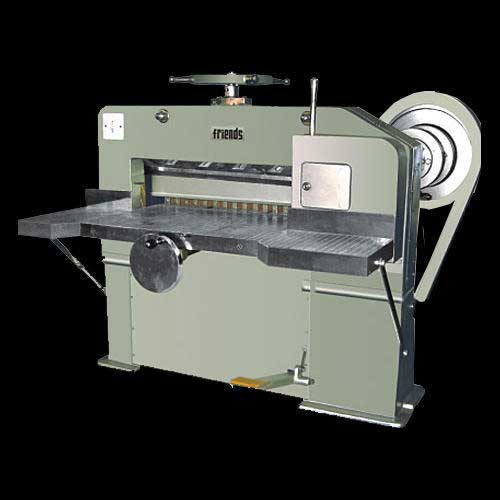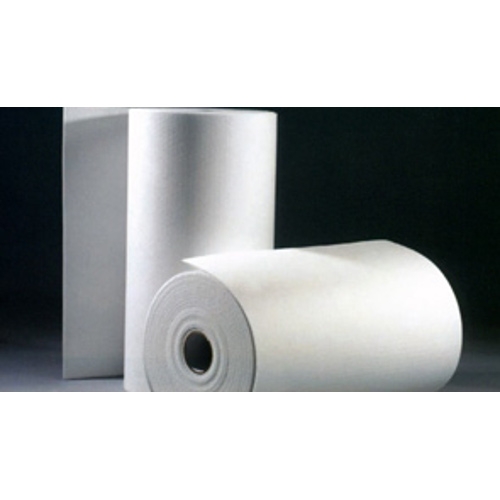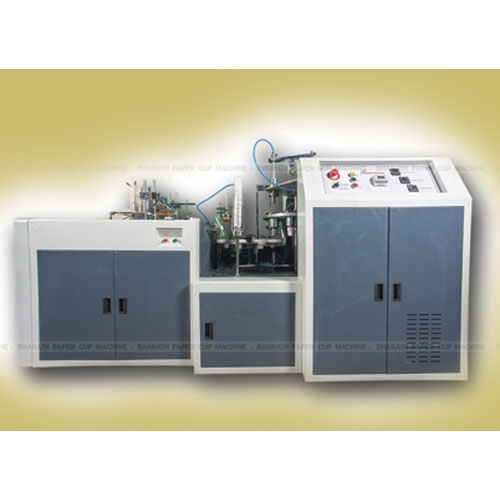Schedule a Call Back
Indian paper industry likely to touch 25 MT by 2020
 Industry News
Industry News- Mar 13,18

Related Stories

Waaree Secures 288 MWp US Order for Next-Gen Hail-Resistant Solar Modules
This win further strengthens Waaree’s position in the North American solar market, supported by the company’s scaled, backward-integrated manufacturing base, advanced quality systems and growing..
Read more
India’s Expanding Nuclear Ambitions and the Emerging Market for Small Reactors
As India’s Vision 2047 sets a target of 100 GW of nuclear capacity, the government is shifting to distributed nuclear generation by deploying smaller reactors across multiple locations, writes R J..
Read more
Alligator Automations Unveils Rs 0.4 Bn Pune Facility for Global Scale
With this expansion, Alligator Automations strengthens its position as India’s largest end-of-line packaging and robotic automation company.
Read moreRelated Products

Semi Automatic Paper Cutting Machine
Friends Engineering Company offers a wide
range of semi automatic paper cutting machines.

Ceramic Fiber Paper
DGN Faser Pvt Ltd offers Ceramic Fiber Paper. Dpap is our brand identity for fibre paper. Ceramic fiber paper from Ceramaterials consists primarily of high purity alumino-silicate fiber and is made Read more

BM Ultra Paper Cup Machine
Bharath Machines offers BM ultra paper cup machine.
Read more














